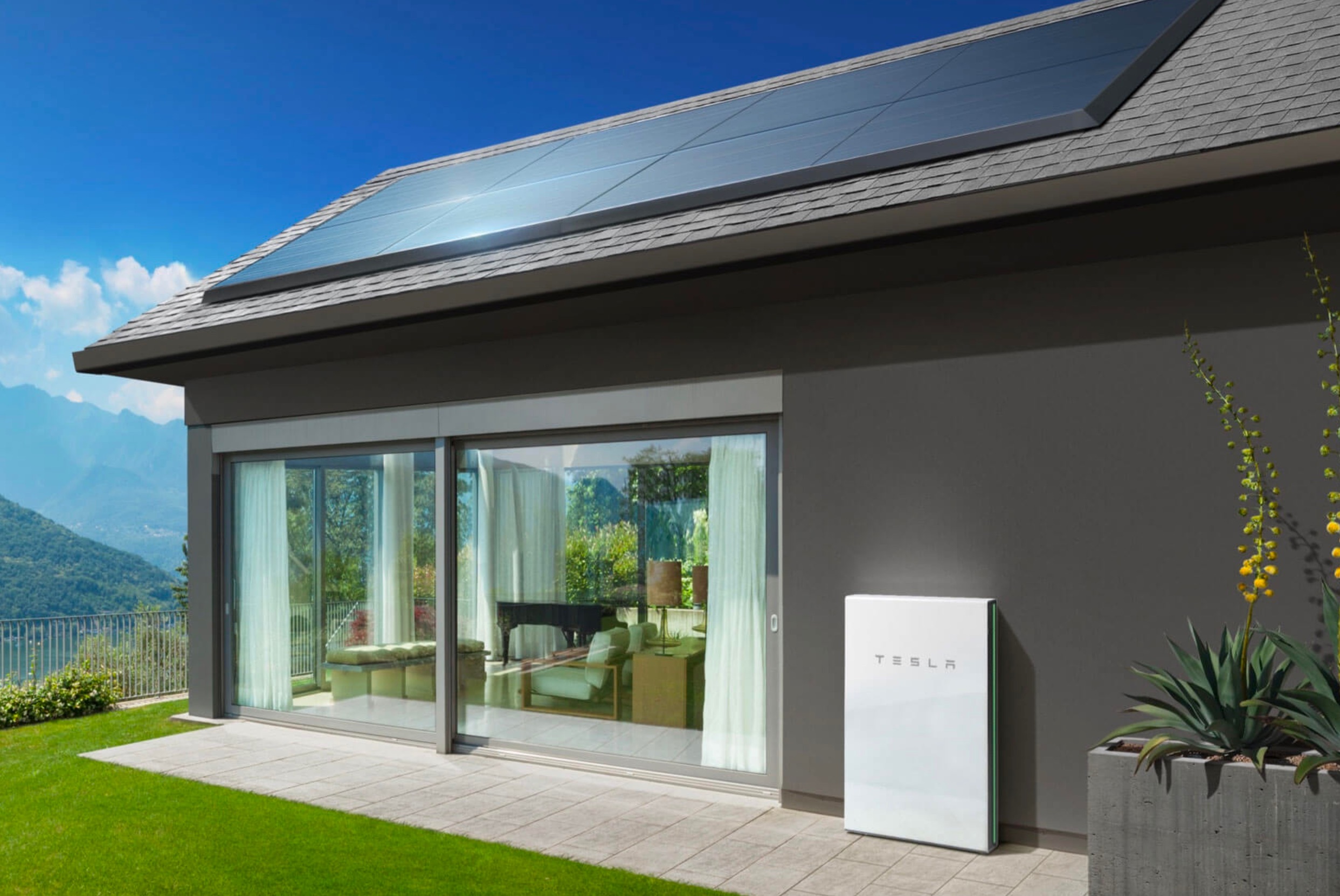The results of Wood Mackenzie Power & Renewables’ rankings of solar providers in the United States has revealed some interesting details about Tesla Energy’s current strategies. During the first quarter of 2019, Tesla Energy was overtaken by Vivint Solar as the US’ second-largest residential solar provider. Despite this, the electric car and energy company was able to dramatically reduce its customer acquisition costs, a key component in the solar business that could result in long-term advantages.
During the first quarter of 2019, Tesla claimed 6.3% of the US market, a far cry from Solar City’s peak of 32.6% in 2014. These declines do not seem to mean that Vivint gained market share at Tesla’s expense, as the solar provider also saw its market share shrink in Q1, from a high of 11.6% in 2014 to 7.3% in 2019. Considering the current trends in the US’ residential solar market, WoodMac analysts are currently forecasting a nearly flat 3% growth for the year. Senior WoodMac analyst Austin Perea noted that a significant contributor to this trend is Tesla’s softer efforts at pushing its solar business, as indicated by the company’s ongoing shift to an online sales model.
Yet, despite the downtrend in Tesla’s market share in the US residential solar market, the company has been exhibiting a dramatic reduction in its customer acquisition costs. During the final six months of 2018, for example, Tesla spent around $0.40 per watt to acquire customers, and this amount would likely get even lower. WoodMac analysts have stated that Tesla could spend as little as “close to a quarter” per watt by the end of 2019.
It should be noted that customer acquisition costs are currently among the most expensive portions of residential solar systems, accounting for 21% of total expenses in 2018. Vivint and Sunrun, the two residential solar providers that have overtaken Tesla in market share over the years, are no exception. WoodMac notes that currently, Vivint’s customer acquisition costs stand at $0.94 per watt, while Sunrun’s costs run at $0.90 per watt. Perea notes that Tesla’s notably lower customer acquisition costs are partly due to the company’s diverse business.
“With current saturation levels, customer acquisition costs are not going to come down. Tesla understands where the cost stack is right now, and they’re able to rely on other business units. They’re diversified in a way that other models aren’t. I’m not saying that Tesla is doing the right thing here, but I think they understand that existing customer acquisition costs aren’t going anywhere. It’s becoming a fairly well-respected product at a cheaper price point than some of its primary competitors. That’s because they’ve been reducing their customer acquisitions costs actively,” the WoodMac senior analyst said.
Tesla CEO Elon Musk has pledged to ramp the company’s solar business, which, according to legendary investor Ron Baron, has the potential to be worth $500 billion on its own. Tesla Energy has largely taken a backseat to the company’s electric car business, particularly during the Model 3 ramp. Nevertheless, with the electric sedan’s production humming along, it might not be too long before Tesla commits itself to ramping its residential solar business fully.











